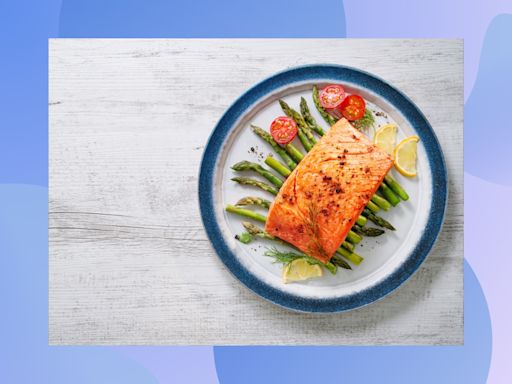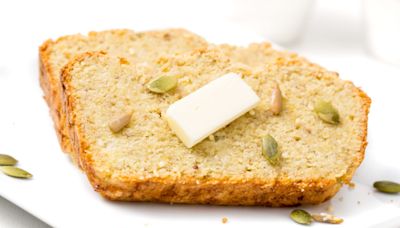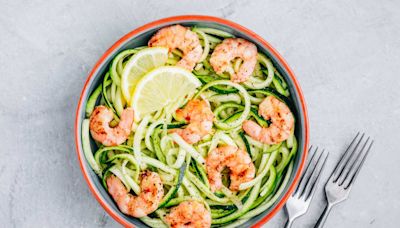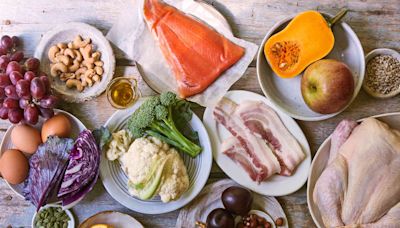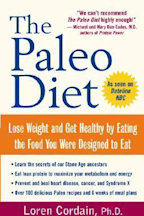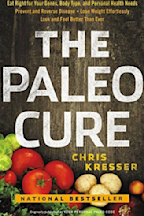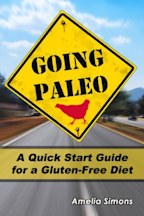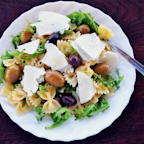Search results
Paleo Diet - Recipe Ideas
Feb 2, 2023 · “The paleo diet is based on foods that humans ate during that Paleolithic era, which was about 2.5 million to 10,000 years ago,” says Zumpano. The paleo diet may also be known as the Stone Age diet, the caveman diet or the hunter-gatherer diet. The paleo diet food list includes: Fruits. Vegetables. Lean meat like grass-fed beef and game meats.
Nov 27, 2022 · The Paleo Diet, or Caveman Diet, recommends eating as ancient paleolithic hunter-gatherers did -- heavy on proteins and low in carbs. WebMD reviews the pros and cons of the diet.
Feb 11, 2019 · The paleo diet is an eating plan that mimics how prehistoric humans may have eaten. It involves eating whole foods that people could theoretically hunt or gather. Advocates of the paleo...
Feb 6, 2024 · Paleo diet-friendlyfoods include lean unprocessed meat, seafood, leafy vegetables, fresh fruit, eggs, nuts and healthy oils. Meanwhile, the diet doesn’t allow grains, milk, cheese,...
Paleolithic diet, caveman diet, or Stone Age diet. Related Topics: human nutrition. ketosis. diet. ketogenic diet. Dieting and ketosis. See all videos for this article. Paleo diet, dietary regime based on foods humans presumably would have consumed during the Paleolithic Period (2.6 million to 10,000 years ago).
Feb 23, 2022 · Named for the Paleolithic Era (the period ranging from 2.5 million to 10,000 years ago), the paleo diet consists of the food groups that were available to our hunter-gatherer ancestors and it forgoes many of our relatively modern agricultural comforts.
The Paleo diet—also referred to as the Paleolithic diet, Primal diet, and Ancestral diet—is based on two central ideas. Idea #1: Humans adapted to eat particular kinds of foods. According to Paleo enthusiasts, our ancient human genetic blueprint doesn’t match our modern diet and lifestyle.
